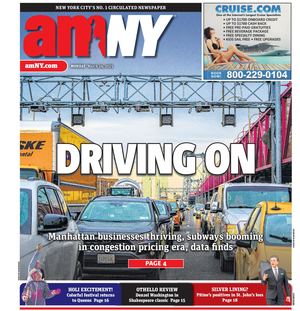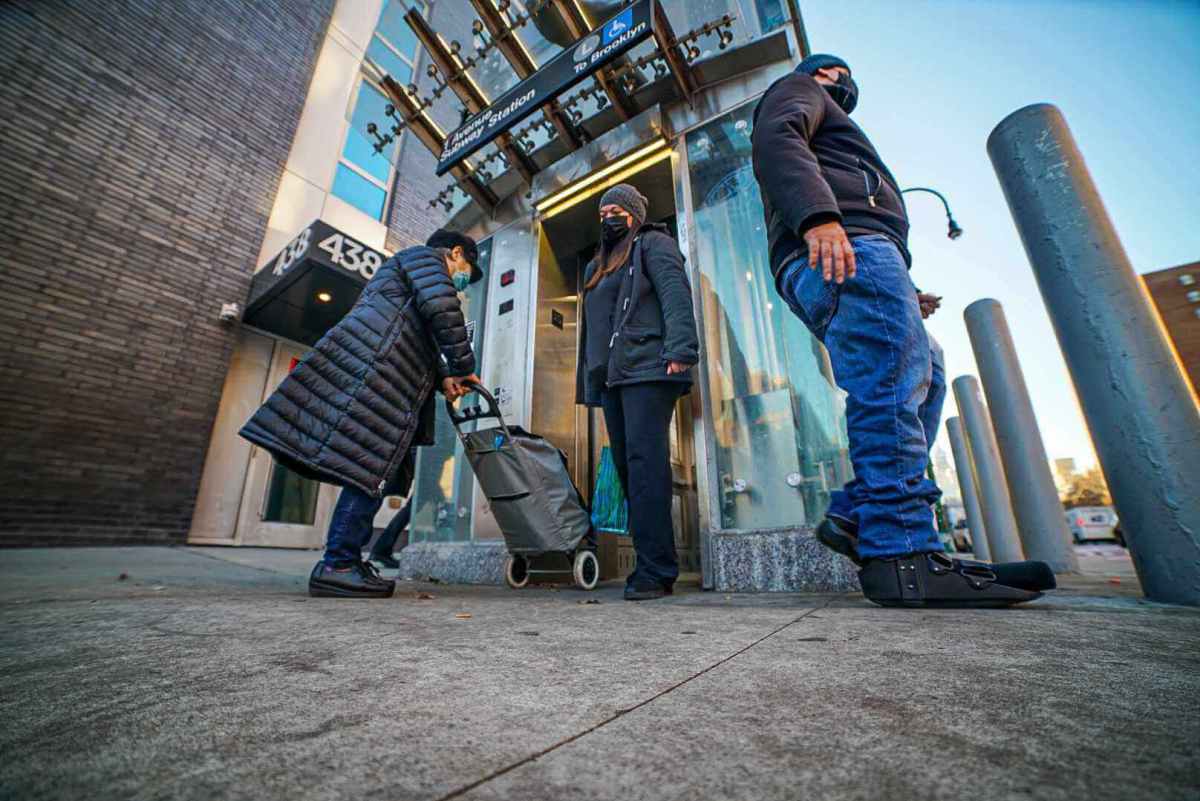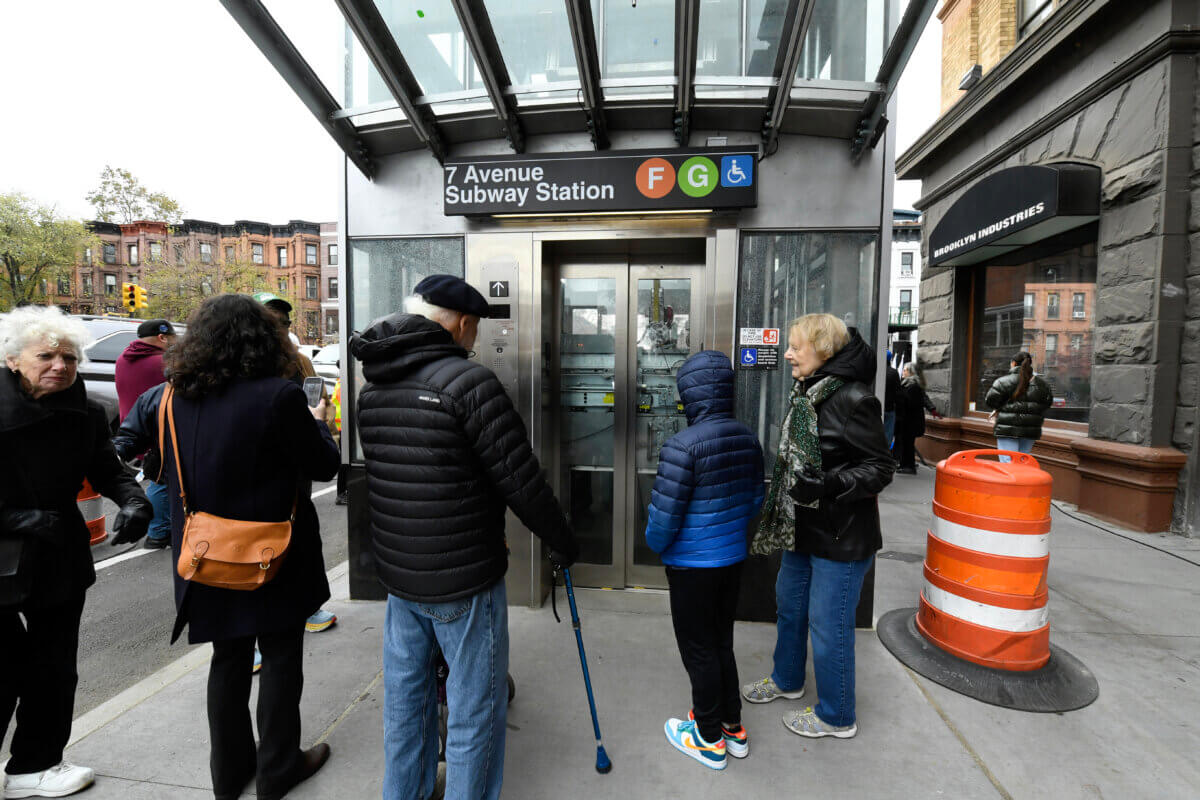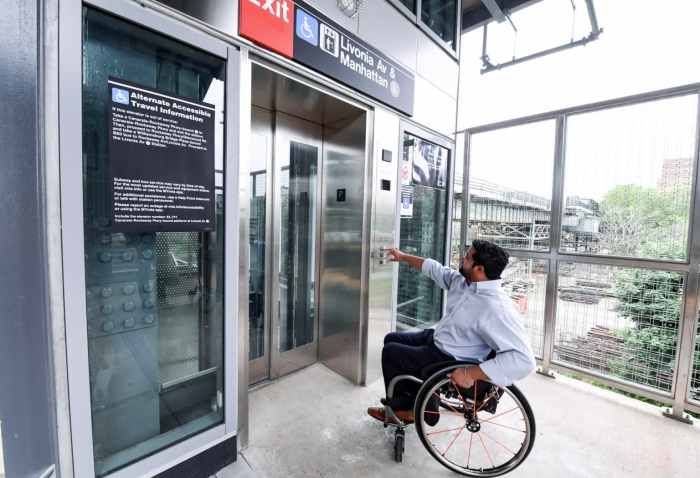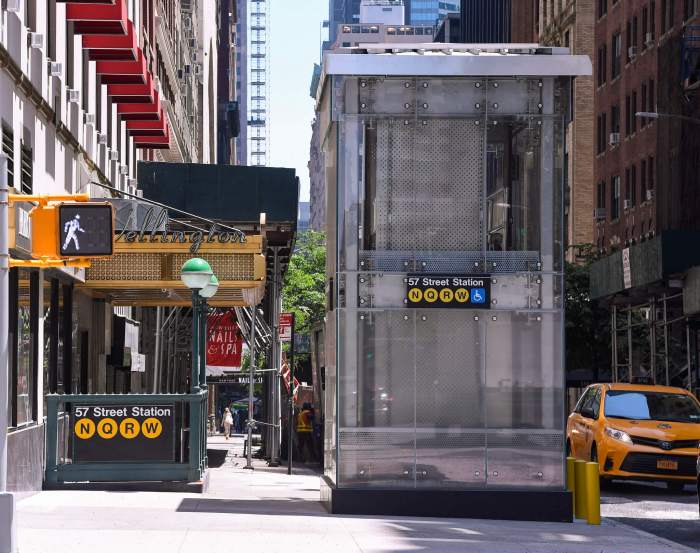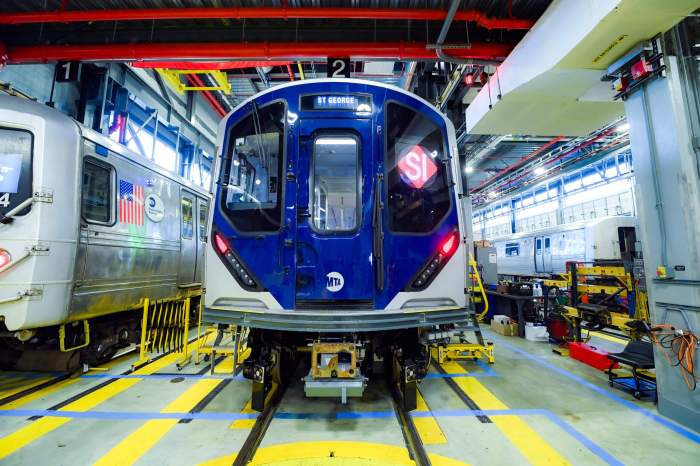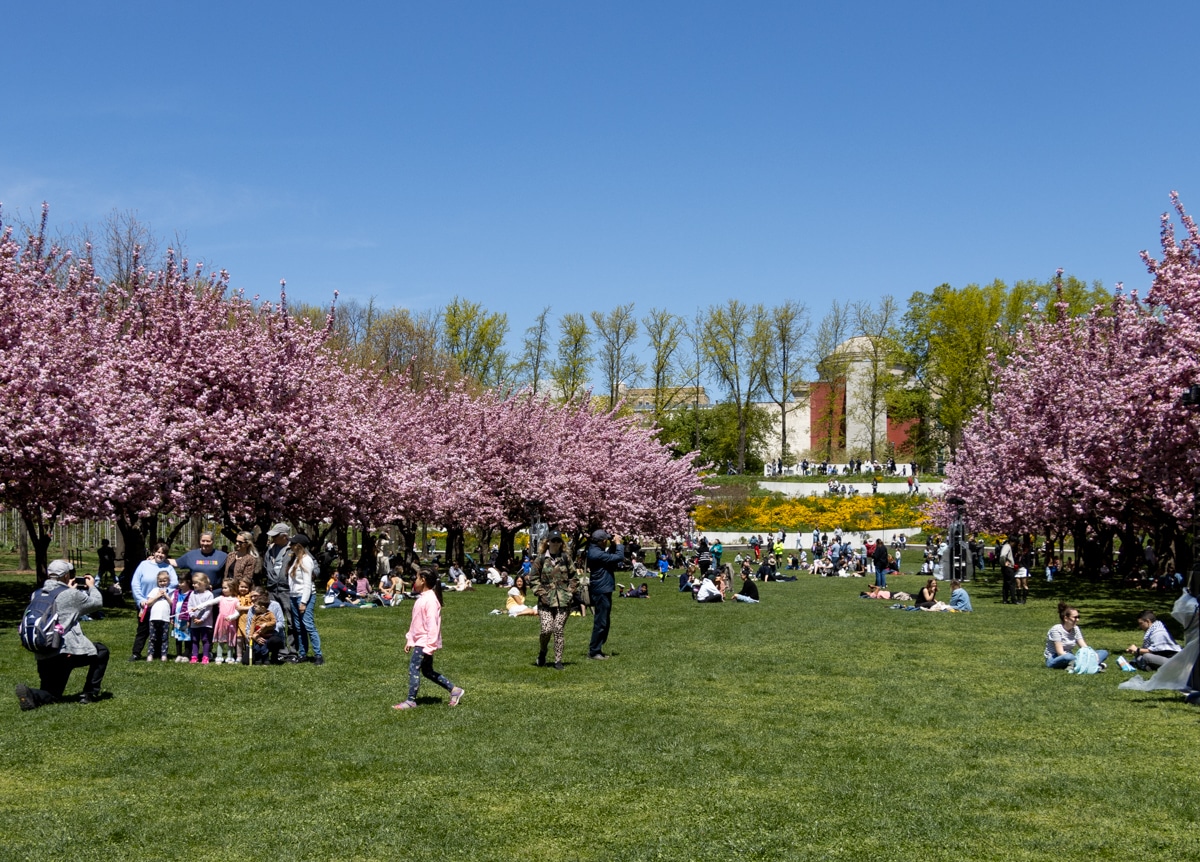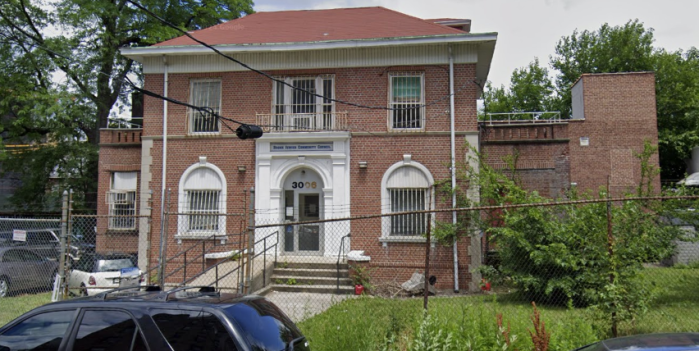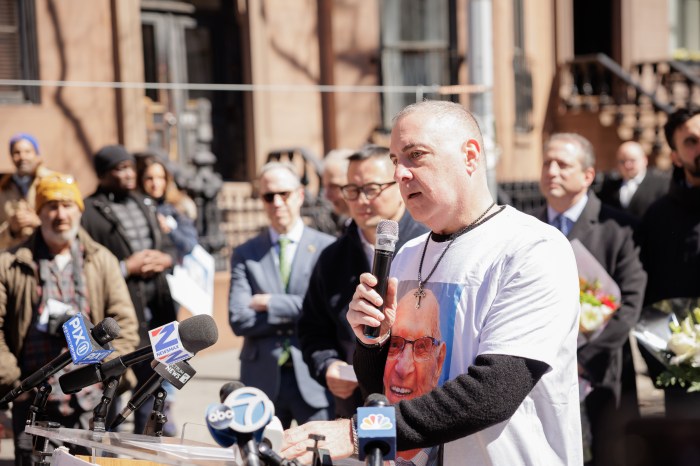The MTA is lifting access for all riders by awarding new contracts this year to build elevators at 15 more subway stations — finally making those stops accessible for people with disabilities.
The agency announced the new lifts at its monthly board meeting on Thursday, with contracts set to be awarded for projects at stations in all five boroughs. In all, contracts will be awarded for 29 new elevators.
Elevators are a necessity for the nearly 1 million New Yorkers living with disabilities, who are shut out from much of the 118-year-old subway system. Just over a quarter of the city’s 472 subway stations are considered accessible under the Americans With Disabilities Act.
“I want the subway map to be the same for people with disabilities, or people with strollers or people with mobility issues in general. We want them to have the same subway map as everybody else,” MTA Chair and CEO Janno Lieber said at the meeting. “Thanks to the $5 billion investment in the current capital program, it’s really starting to happen.”
Stations set to begin the transition to accessibility in 2023 include:
BRONX
- Van Cortlandt Park-242nd St (1)
BROOKLYN
- New Lots Ave (3)
- Classon Ave (G)
- 36th St (D/N/R)
- Broadway Junction (A/C/J/Z/L)
MANHATTAN
- Harlem-148th St (3)
- 96th St (B/C)
- 81st St (B/C)
- 86th St (4/5/6)
- 168th St (1)
QUEENS
- 46th St-Bliss St (7)
- 33rd St – Rawson St (7)
- Broadway (N/W)
- Court Square-23rd St (E/M)
STATEN ISLAND
- Huguenot (SIR)
Next month, the MTA will issue “requests for quotes” (RFQ), querying contractors for price estimates to do the accessibility work at the stations. While work gets started on those stations, the MTA projects it will complete accessibility work at 11 other stations this year, including:
BRONX
- Tremont Ave (B/D)
- East 149th St (6)
BROOKLYN
- Metropolitan Ave/Lorimer St (G/L)
- Grand St (L)
- 7th Ave (F/G)
- 8th Ave (N) (southbound only)
MANHATTAN
- Dyckman St (1) (northbound only)
- 181st St (A)
QUEENS
- Court Square (G)
STATEN ISLAND
- New Dorp (SIR)
In June, the MTA settled a pair of lawsuits brought by disability advocates wherein they agreed to make 95% of subway stations accessible by 2055. In the meantime, people with disabilities will continue to rely on Access-a-Ride, which does not run on fixed routes and thus operates on longer timetables than subways.
Installing an elevator, particularly in underground stations, is a challenging and costly endeavor, particularly in a place like New York where virtually every square inch above and below ground is already occupied. The MTA has nonetheless faced some criticism for the cost of its accessibility projects, which are generally higher than in comparable cities globally.
For instance, to install seven elevators and related accessibility improvements at the 14th Street station complex, housing the F/M and 1/2/3 trains connected by a passageway, the MTA is slated to spend $192 million.
Read more: Revel Opens Five New EV Charging Superhubs
